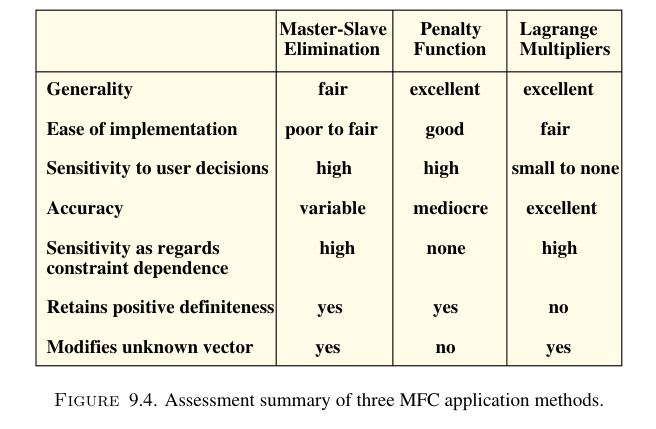JT-1995
Structural
- Sep 26, 2022
- 36
I am curious to get a few opinions on using end offsets and/or Analysis offsets in RISA models. I tend to encounter a need for many of these in designs, if I were to really try to match the reality of a projects geometry. However almost every time I use them I end up with anomalies in the results. Sometimes they are P-Delta nonconvergence which is an easy red flag, but I just had a project where everything solved fine but as I dove into the internal force diagrams I saw crazy "steps" in the moment diagram which in turn altered the design moments of the beam itself. I contacted RISA and received the same explanation I have received after other issues, that RISA makes its own rigid links to create the offset and "sometimes" these induce moments that are unexpected.
I'm curious if RISA users in eng-tips use offsets as often as possible, minimally, or never. Also curious if any offset users have found oddities in the member force diagrams because of the offsets.
Thank you for reading.
I'm curious if RISA users in eng-tips use offsets as often as possible, minimally, or never. Also curious if any offset users have found oddities in the member force diagrams because of the offsets.
Thank you for reading.

